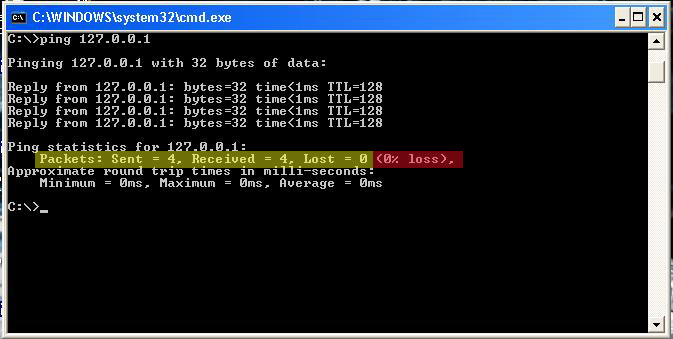
The loopback interface is created in the Network Component internally and does not require a physical network connection.No IP packets actually appear on any of the hardware interfaces. Of course, the files are manipulated locally on the same system. The FTP client connects to the FTP server and manages files on the FTP server using the localhost address. You can also use the local host IP address to communicate between different applications using sockets on the same system, for example between a FTP server and FTP client. Connecting to locally hosted network services using loopback addresses puts less of a load on network resources. This document examines the two types of loopbacks on Cisco router ATM interfaces: loopback diagnostic - this helps you determine if your interface is working properly. Using the loopback interface is useful for testing the software, since it bypasses the local network interface hardware. Loopbacks are an important part of troubleshooting they are used to isolate the fault on and end-to-end circuit (especially when the circuit is down). Such packets are never delivered to any network interface controller. Packets that are destined for the localhost address, are routed back internally by the IP layer of the Network Component.

The localhost is the standard host name given to the address of the loopback network interface. This page will guide you through the installation of a loopback network adapter, useful when you need to connecting different applications via network. The loopback device is a virtual network device that is provided by the operating system to allow network communication between programs running on the same.


Loopback addresses mock TCP/IP Client/Server on the. Using the Loopback Interface for Debugging. Loopback IP addresses are managed by the TCP/IP protocol suite within the operating system.


 0 kommentar(er)
0 kommentar(er)
